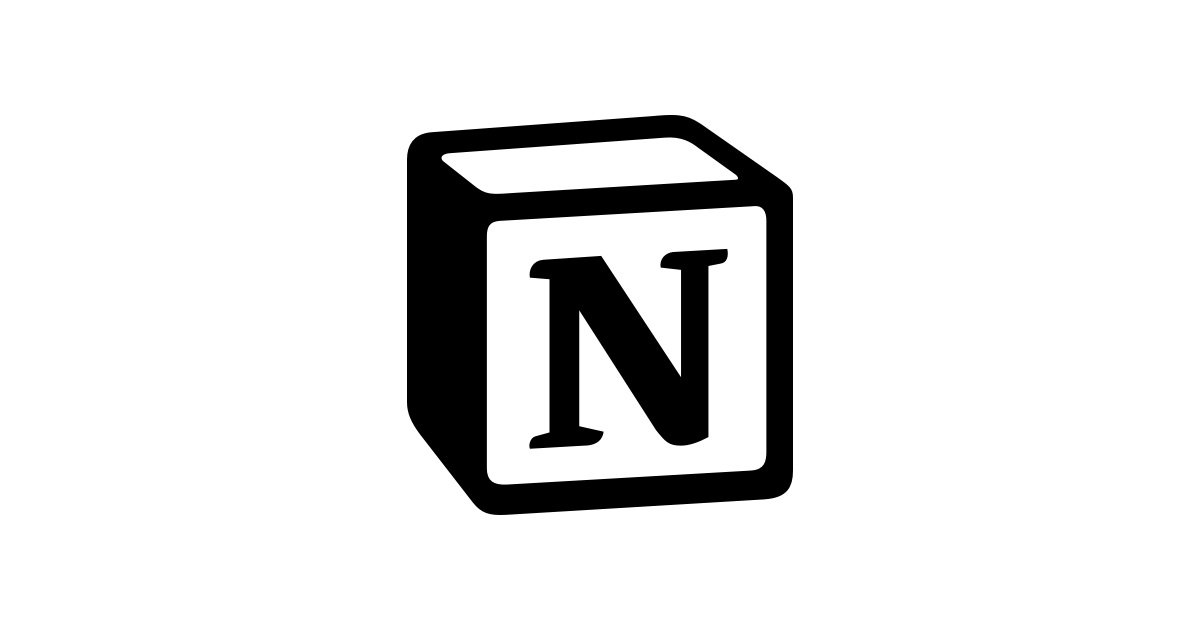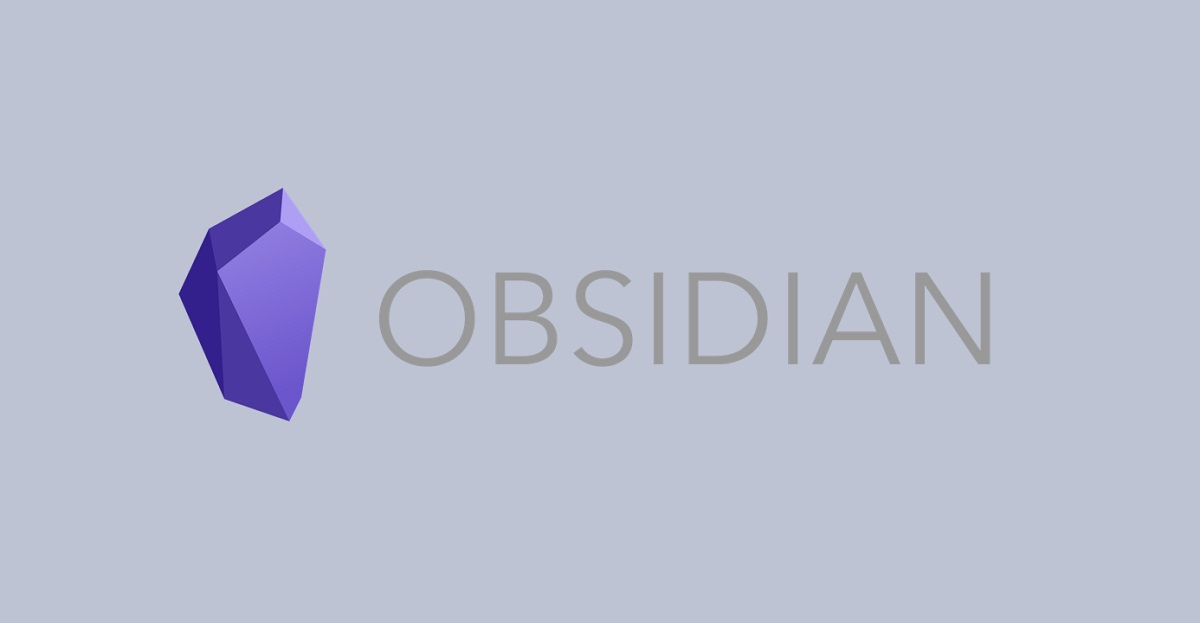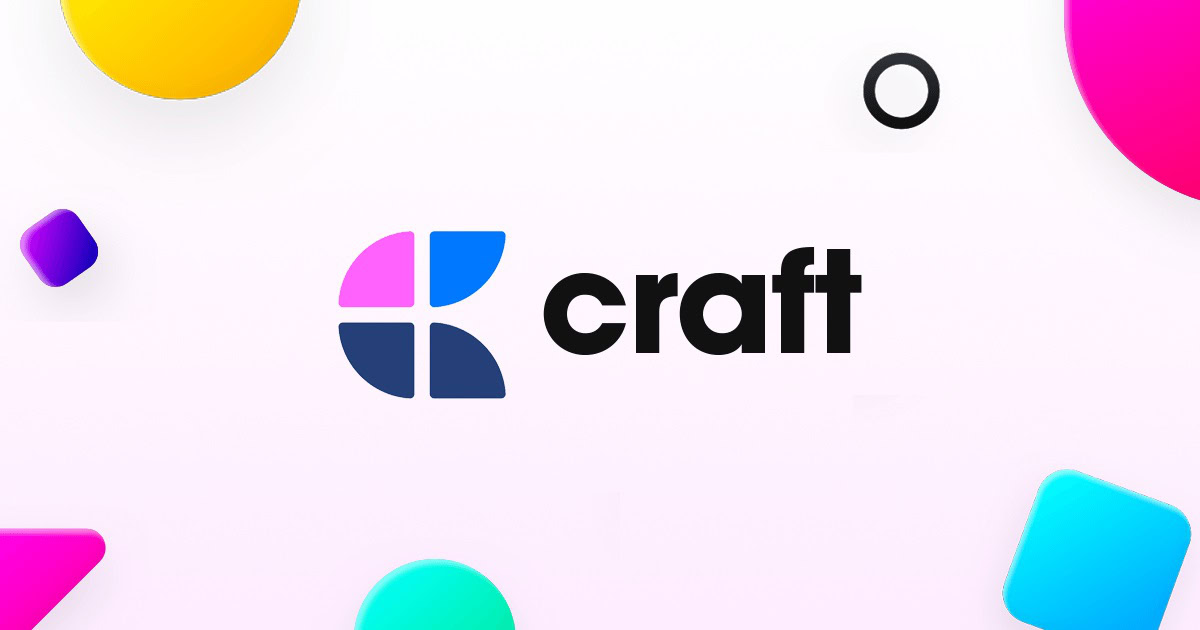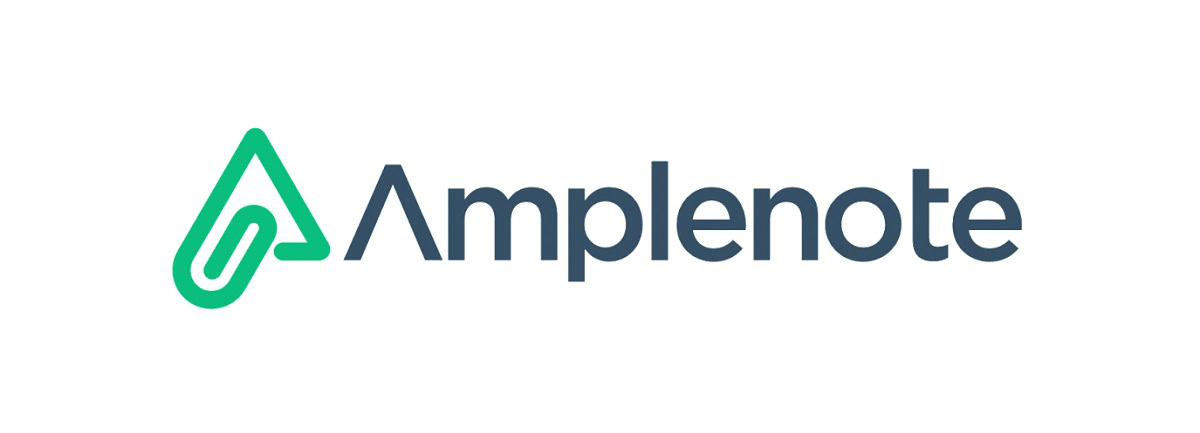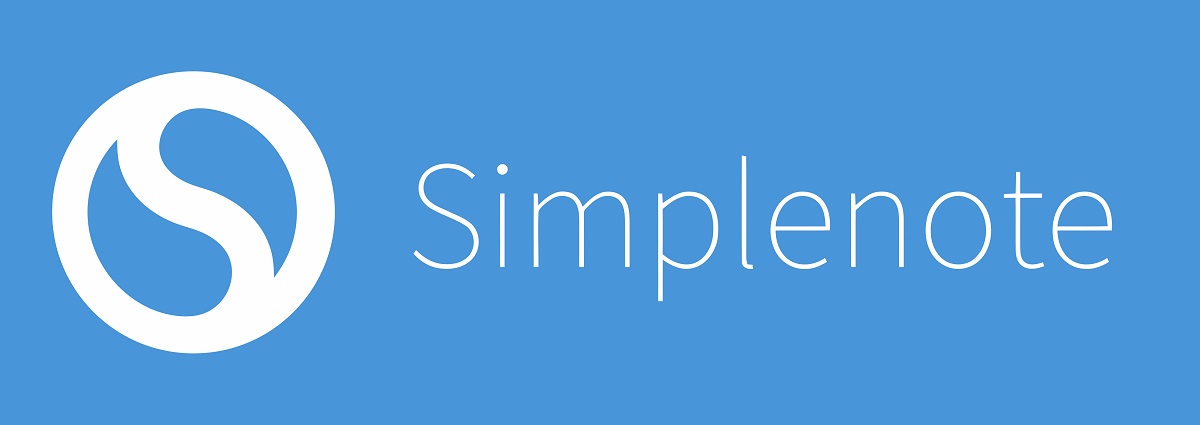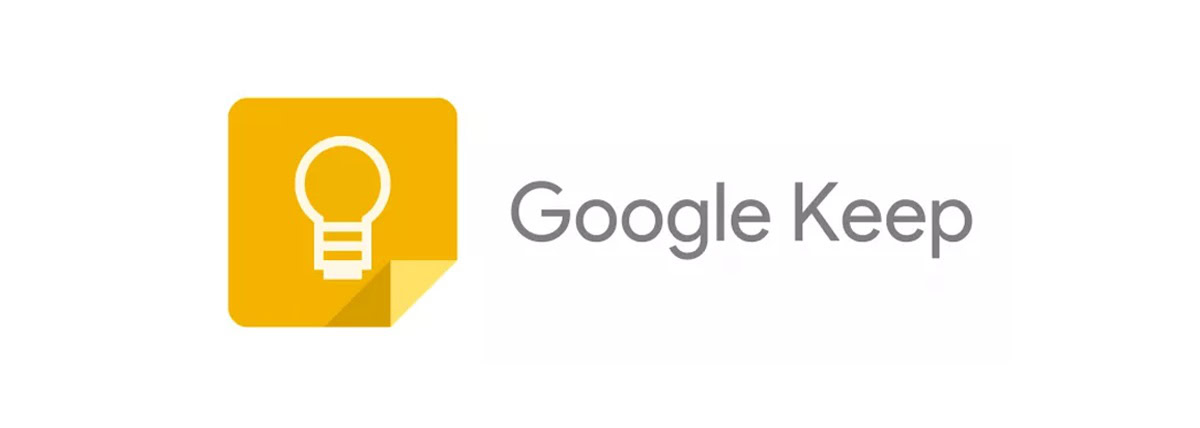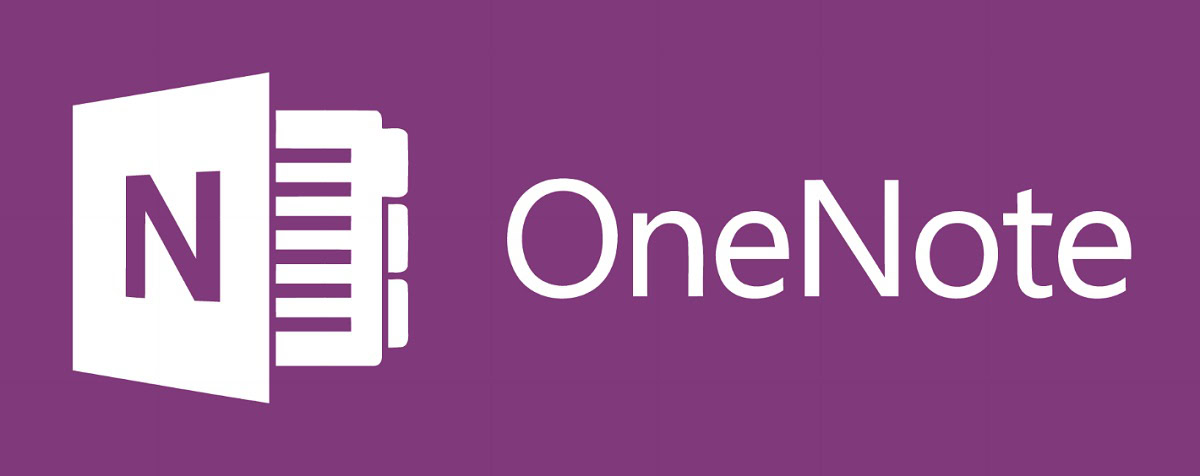Affiliate links on Android Authority may earn us a commission. Learn more.
The 10 best alternatives to Evernote
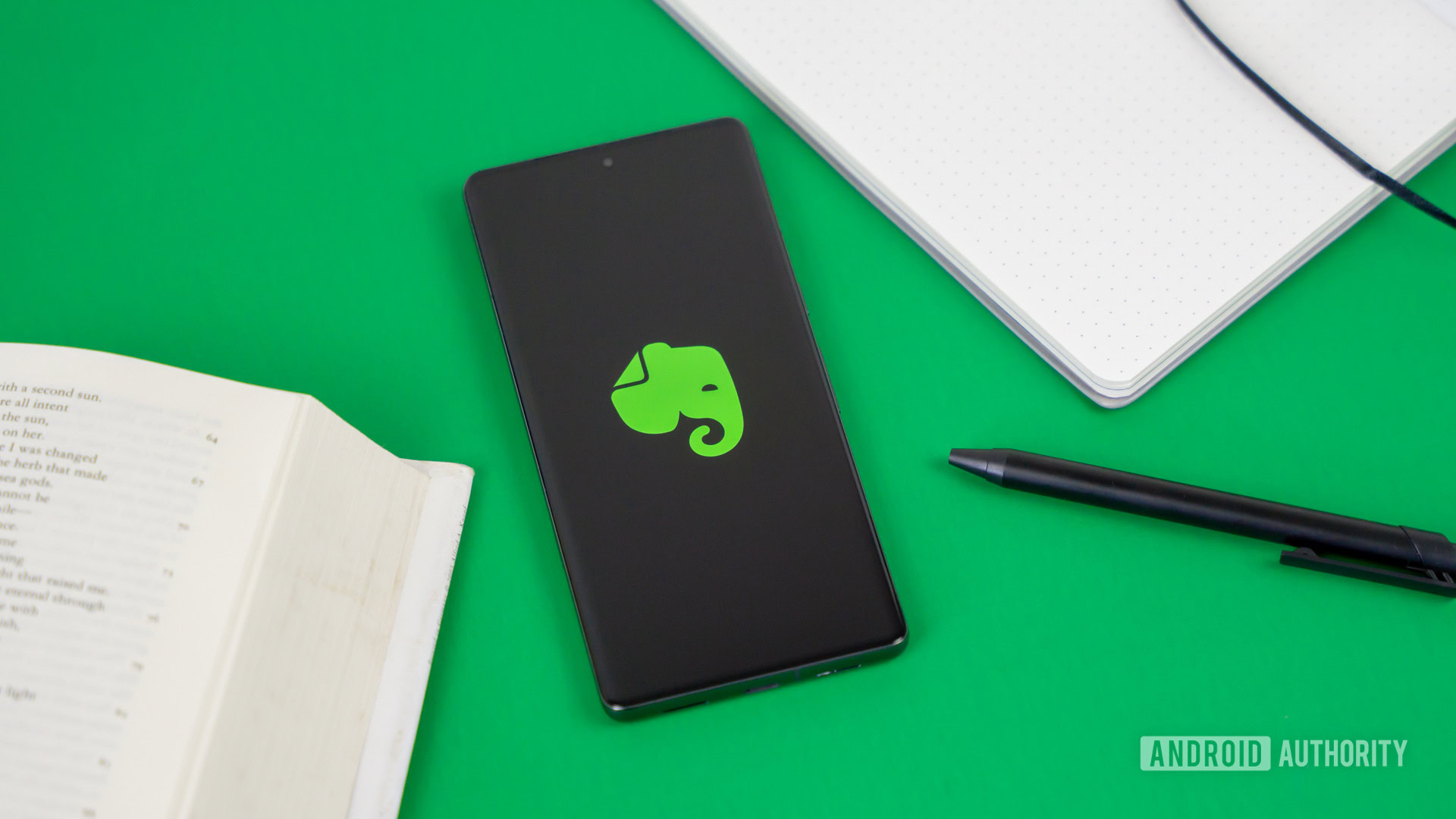
Our daily lives are filled with so many events that it can often feel like a never-ending stream of information. While lugging around a physical notebook to jot down observations and ideas can help, using too much paper can be wasteful. Note-taking apps like Evernote have all but taken the place of paper notes, and, with all of their extensive functions, can help you build an easily-accessible second brain. Now, when it comes to note-taking programs, there is no shortage of options. Evernote represents a user-friendly gateway into note-taking but lacks more elaborate features like real-time collaboration, native support for Markdown, or the ability to access notes offline. Let’s look into ten of the best Evernote alternatives that do things differently.
The best Evernote alternatives for Android
Notion
Price: Free, $8 per user/month (Plus), $15 per user/month (Business)
Aside from being an Evernote alternative, Notion is an outstanding productivity app in its own right. With Notion, you get a more versatile and customizable interface, support for multiple content types, and access to real-time collaboration.
When you first start using the app, you’re provided with various templates that make the program supremely accessible and user-friendly. Now, you aren’t locked into those templates; Notion is flexible in that it allows you to create a variety of templates, databases, and pages. This translates to complete control over your ongoing tasks and notes, as well as how they’re organized.
Real-time collaboration is a major reason many gravitate towards Notion. Evernote hasn’t added this feature yet, which means other users cannot work on notes simultaneously. When this — and so much more — is possible with Notion for free, there are few reasons not to give it your full attention.
Obsidian
Price: Free (Personal), $25 one time (Catalyst), $50 per user/year (Commercial)
Obsidian is the ultimate note-taking experience for enthusiasts. There is a steep learning curve; however, once you master a set of core functions for regular use and familiarize yourself with the user interface, Obsidian represents note-taking at its most optimized. Like Evernote, there’s a distinct focus on folders and tags for navigation and organization. Unlike Evernote, Obsidian localizes your notes to “vaults,” or folders you designate as such on your computer; as such, you can access all of your notes offline at any time.
If you’re familiar with them, Obsidian natively supports Markdown codes that enable key functions. All notes taken are stored as Markdown files in your vault folders, so if you link to other notes and files on your device, all of those connections remain intact. Add in the fact that Obsidian is available for free, and it becomes the perfect choice for heavy users seeking to build a secure knowledge base.
Roam Research
Price: $15 per month (Pro), $165 per year (Pro), $500 per five years (Believer)
Roam Research is a unique note-taking app that structures pages using bullet point formatting, which is optimal for bottom-up thinkers. Its implementation of bi-directional links makes it an ideal tool for research projects, note-taking, and task management, saving users time and boosting productivity. Real-time collaboration with others is also possible, making it a compelling option for teams.
The only problem here is that, unlike the two aforementioned apps, this note-taking app is not available for free. Roam has a $15 barrier to entry. As such, we would suggest trying the free options in this list first.
Craft
Price: Free (Starter), $5 per month (Personal Pro), $10 per user/month (Business)
Launched in 2020, Craft is a note-taking app that stands out for its sleek, modern aesthetic. Its interface lets you organize your notes into separate blocks, making organizing and structuring information easy. This approach is similar to how Google Keep approaches separate sets of notes.
One of the standout features of Craft is its focus on speed and performance. Taking notes and then further organizing and customizing them is a breeze, making the app an efficient and streamlined tool for productivity.
While Craft offers a free trial, the limitations may give some users pause. The free version only includes 1,000 blocks, which power users will burn through quickly. The app does offer real-time collaboration, though its user base is relatively smaller than other note-taking apps.
If you’re drawn to Craft’s modern and stylish design, it’s worth trying the app. However, it’s important to remember the free version’s limitations and whether it will meet your needs.
Zoho Notebook
Price: Free (Notebook Essential), $19.99 per year (Notebook Pro), $49.99 per three years (Notebook Pro)
Zoho Notebook is a note-taking app with several features distinguishing it from Evernote. These include organization via cards, voice notes, customizable templates, secure end-to-end encryption, and accessible pricing. While Evernote offers more advanced features and a reliable reputation, Zoho Notebook’s combination of aesthetics, functionality, and privacy make it a compelling choice for users seeking a well-rounded note-taking experience.
Amplenote
Price: Free (Personal), $5.84 per month (Pro), $10 per month (Unlimited), $20 per month (Founder)
Amplenote is another Evernote alternative with a twist. This one leans into content interconnectivity, versatility, and productivity. Unlike Evernote, which focuses on hierarchical organization, Amplenote employs tags and bi-directional links to create a more interconnected network of notes. This, in turn, makes it easier to locate and navigate to related information.
Amplenote supports multiple content types, including text, images, videos, and code blocks. It also offers features like recurring tasks and task prioritization — as well as a built-in calendar — which aids users in staying on top of their tasks. This, thereby, boosts productivity.
All-in-all, Amplenote offers an interconnected, versatile approach to note-taking that can be particularly useful for those managing complex projects or research. Like several other options in this list, it’s available for free, and we would recommend giving it a try.
Simplenote
Price: Free
Simplenote is a note-taking app that provides a minimalist and streamlined experience compared to Evernote. Simplenote focuses on note-taking essentials, including creating, organizing, and syncing notes across devices. Its interface radiates simplicity, with a plain note editor that supports basic formatting and tagging. That said, it doesn’t support advanced formatting options or multimedia content like images and videos.
With Simplenote, all of your notes are stored in the cloud and synced automatically across all devices, including desktop and mobile devices. This makes them easy to access and edit from anywhere without having to worry about manually syncing or transferring files. Simplenote is also entirely free, with no limits on storage or the number of notes you can create.
In summation, Simplenote is a pretty good choice for those who prioritize simplicity, syncing, and convenience over advanced features and multimedia content. It’s undoubtedly worth mentioning as one of the ten best Evernote alternatives.
Standard Notes
Price: Free (Standard), $90 per year (Productivity), $120 per year (Professional)
While there are several similarities, Standard Notes differs from Evernote in privacy, security, pricing, and features. Standard Notes is an encrypted, open-source app that prioritizes privacy and security, while Evernote only offers encryption for notes stored on its servers. Standard Notes’ privacy and security features make it stand out from Evernote. It uses end-to-end encryption and has a zero-knowledge policy, ensuring no one can access your data.
Apart from privacy and security, Standard Notes also offers a clean, simplistic user interface, customizability options, and a variety of editors. In contrast, Evernote has more features, such as document scanning, annotation, and collaboration, and supports third-party app integrations. Standard Notes has a free version, as well as a premium version with additional features.
Google Keep
Price: Free
Since its introduction in 2013, Google Keep has become home to countless Google Account owners’ notes, ideas, and lists. That said, is it truly an alternative to a dedicated note-taking program like Evernote?
Google Keep holds several advantages over Evernote. One significant advantage is its simplicity. Google Keep is a straightforward app that is easy to use and boasts a clean, user-friendly interface. It enables users to create notes and lists quickly, set reminders, and add images and audio clips to their notes. In contrast, Evernote can overwhelm with its vast array of features — many of which light users will find unnecessary.
Google Keep’s integration with other Google services is one of its main selling points. Directly integrating with Google Drive, Google Docs, and Google Calendar, Google Keep makes it easy to access and organize notes and lists. Google Keep also syncs seamlessly across devices, allowing users to access their notes anywhere, be it on their phone, tablet, or computer. Evernote also has syncing capabilities, but Google Keep’s integration with other Google services makes it more convenient for those in Google’s ecosystem.
Google Keep’s simplicity and integration with Google services are enough to rank it amongst the ten best alternatives to Evernote. It’s an excellent choice for those wanting a straightforward note-taking experience that seamlessly integrates with other Google services.
Microsoft OneNote
Price: Free
OneNote is a popular note-taking app provided by Microsoft that offers several advantages over other Evernote. Like Google Keep, it will be a more convenient option for those with other Microsoft products. Its integration with other Microsoft Office applications, such as Word, Excel, and PowerPoint, is a major boon. This makes integrating notes taken in OneNote into other documents, presentations, or spreadsheets easy. Furthermore, OneNote’s traditional notebook feel, with notes organized in sections and pages, is familiar to users who prefer a more traditional approach to note-taking.
OneNote also offers real-time co-authoring and sharing capabilities — or “real-time collaboration.” This makes it easy for several users to simultaneously work on the same note or notebook, with changes syncing in real-time. With cross-platform support, OneNote is available on Windows, Mac, Android, and iOS, allowing users to access their notes from any device, anywhere.
